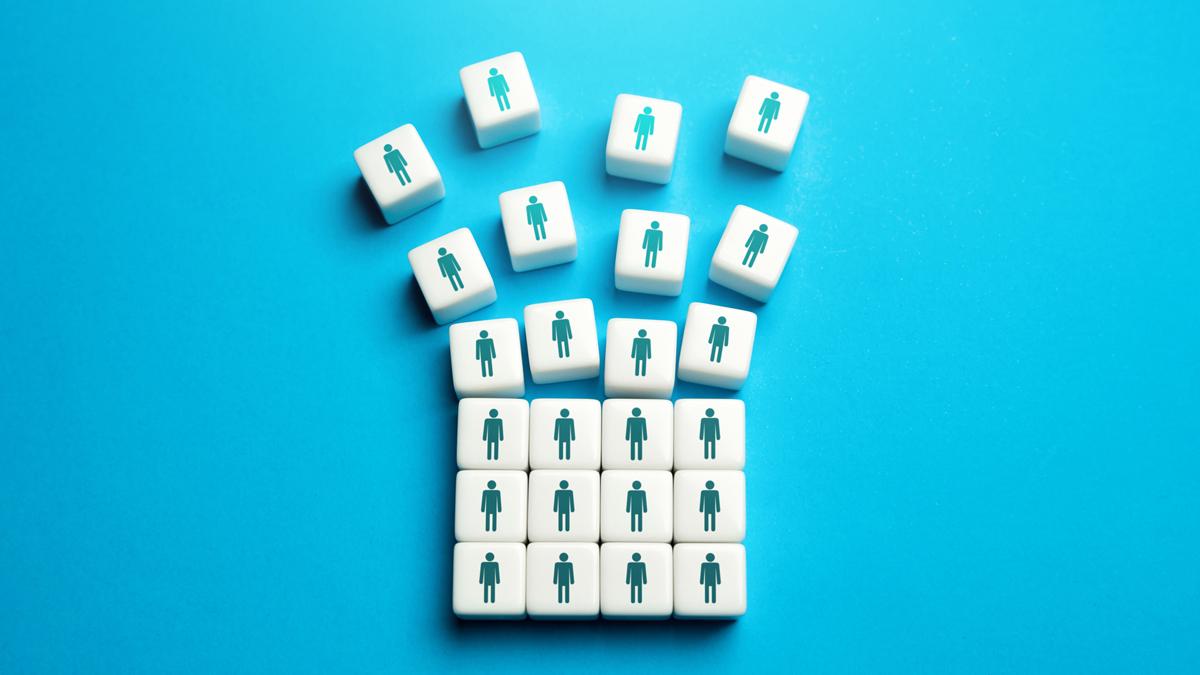Everyday drug discovery: How tech expands the potential of clinical trials and recentres participants

Throughout my career in the development and implementation of technological solutions to support clinical research, I’ve been lucky enough to work closely with a wide range of so-called “stakeholders” in the clinical trial lifecycle, from regulators, drug development research teams, site staff, and patients.
While all groups have demonstrated an inspiring level of dedication and passion, I have always been moved by patients’ willingness to sacrifice their time and adapt their care plans to take part in clinical trials, fully understanding they might not directly benefit from the treatment being tested, though so often desperately hoping they do.
Patients recognise the importance of clinical research to the long term success in treating diseases of all kinds, and in turn the industry has touted the importance of “patient centricity”, or of giving “patients a seat at the table”, and “putting patients at the centre of what we’re doing” as a way of bringing some kind of balance to the scale of sacrifice we ask. While such aims are noble, a lot remains to be done to translate them to tangible outcomes for patients.
Making patient centricity tangible
Clinical trials can last for years, and researchers need to follow participants’ responses consistently across time to gather high-quality, relevant data in order to properly understand the impact of a disease and treatments of interest. While we talk a lot about minimising burden for patients, we cannot shy away from the fact that asking patients to participate in these trials is a significant additional burden on their already busy lives – that is just the reality of clinical research today.
In our experience, trial participants are highly informed and interested in the mechanics, objectives, and milestones of the research they are involved in and with proper onboarding they appreciate the effort that will be asked of them in the trial. However, if patients feel hassled and overwhelmed by the day-to-day business of clinical trials – long-distance travel, record keeping, financial burden, time off work, childcare – at that point, they are much more likely to drop out. And every lost patient is an indictment of our failure to do better.
This is where thoughtful use of technology can meaningfully move the needle on our claims of patient centricity. Zooming out to understand the patient’s full trial experience, and developing a technology solution that supports this entire clinical trial journey – from patient recruitment to in-trial activities and study completion and exit – simplifies the experience for patients, while optimising workflows for sites. In doing so, more efficient and successful trial experiences can be provided.
How technology can empower trial participation
My focus for the last 15 years or so has been electronic clinical outcome assessment (eCOA) technologies, which expand patients’ and physicians’ ability to flexibly carry out asynchronous data collection, either at clinical sites or closer to “real-time” in the patient's own home. But, eConsent is a complementary method of ensuring patients have comprehensive trial information without needing to set foot in a clinic. The growth in Bring Your Own Device (BYOD), allowing patients to use their own mobile devices or web browsers to access eCOA or eConsent systems, has marked a paradigm shift away from the rigidly controlled provisioned devices traditionally used in clinical trials, to a more patient-friendly world where they can use the technology they are familiar with.
Additionally, we are seeing a significant increase in the number of active studies and protocols where eCOA and sensors are paired together to achieve more powerful insights. For example, we are seeing growing use of activity tracking wearables used with eCOA, to measure a patient’s comprehensive physical activity and quality-of-life, or to enable the patient to complete an at-home six minute walk test. We’re also seeing continuous glucose monitors (CGM) and eCOA used together to measure a patient’s glucose levels and response to real-world events and diet, and handheld spirometers with eCOA to measure asthma patients' response to treatment before and after rescue inhaler use.
Another factor that we believe is behind the uptick in use of eCOA and sensors during a trial is the 2024 FDA guidance on use of DHTs for Remote Data Acquisition. The new guidance helps provide a much-needed set of recommendations for sponsors when using these new technologies during a trial, including recommendations on fit-for-purpose, usability, training, endpoints, data security, and record retention. These technologies used together promise deeper insight as to what patients are reporting via traditional questionnaires, as well as providing new data streams to drive novel insights.
Building flexibility into patient technologies from the beginning, for example, granting patients some choice in how they engage with their clinical trials tasks – whether it’s as simple as allowing them to use their own smartphone, or as significant as allowing them to choose whether they want to do their scheduled assessments at a clinic site or from the comfort of their own home – is a significant way to help build and maintain long-term patient relationships and is a fundamental philosophy in how we approach product development. I don’t believe we should think of these so-called “decentralised” technologies as a revolution or a whole new research methodology. Rather, it is an adaptable study design element – one amongst many available to us. We should have no interest in wholesale discarding methodologies proven to produce life-altering innovations, nor denying patients face-to-face time with their doctors if that’s what they want; rather we should be building technologies that empower patients in their clinical trial experience.
Such technologies can play a particularly significant role in rare disease research, where the handful of people affected may be spread all over the world. Research teams cannot expect patients to travel internationally to partake in studies of potentially life-saving experimental treatments. Bringing the trial to the patient ensures study teams maximise the ability to capture every essential data point, and decentralisation can generate a sense of global connectedness to the study. Complex therapeutic areas such as the central nervous system (CNS), which are woefully lacking in good treatments, also offer fertile ground for leveraging technology to streamline trial operations and improve data quality. We are already working on this alongside our partners to deliver a fully unified platform for CNS assessment delivery and oversight.
Of course, new technologies generate new considerations. In the context of clinical research, we can face unique challenges in the form of language barriers, time zones and local regulations. Technological capacity and internet access vary considerably across geographies – yet another reason to allow flexibility in the kinds of devices we allow patients to use. However careful upfront planning, and involving patients during the study design process, ensures mitigation strategies are set up before they are needed. Importantly, introducing elements that help to decentralise clinical trials for patients is not a one-size-fits-all solution.
Building the future of clinical research
With a bit of creativity, coordination and commitment (all of which are abundant in the biopharma industry), research teams can balance global scale and the fundamental needs of the trial to capture data, with human centricity. COVID-19 vaccines, for example, were developed at the astonishing rate they were because existing decentralised data capture and delivery methods were deployed en masse in novel, interconnected ways.
At Medidata, we really value these diverse points of engagement and data capture. A traditional clinical study is a highly controlled and sterile environment. Daily life isn’t. That’s why flexibility, with control, is central to how we build our technologies. It also nods to a future of meaningfully lower burden, with data passively drawn from sensors worn while a patient is commuting, sleeping, at the gym or out to dinner, building out a more complete picture of how they are living with their disease or the experimental treatment.
The biopharma industry runs clinical trials to develop new, better therapies; patients participate in them because they want to help themselves and other patients. We have to remain mindful of the many emotions a patient may experience in the course of treatment.
We in the healthcare industry naturally love innovation of all sorts, but we shouldn’t be innovating just for innovation’s sake. Sometimes “old fashioned” methods – in-clinic assessments with a real-life human, for example – are preferred by patients. Let’s take advantage of the full suite of tech solutions available to actually put participants’ best interests at the fore.













